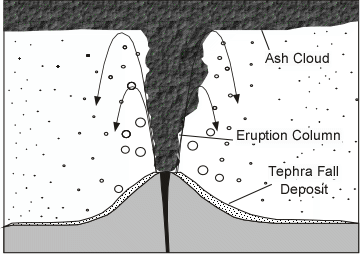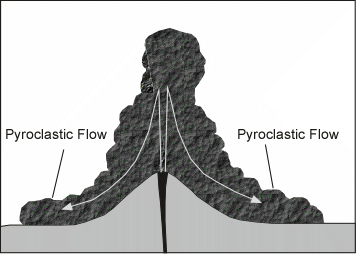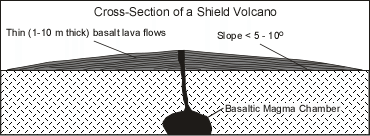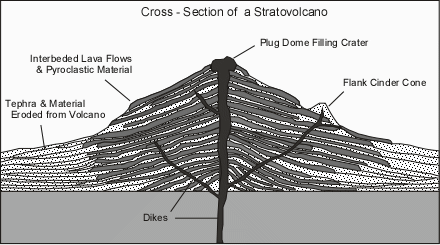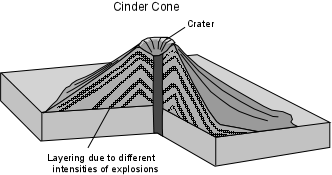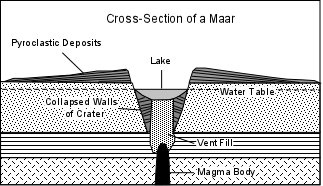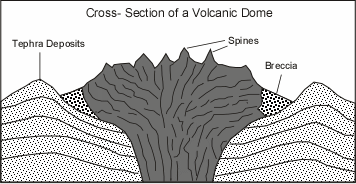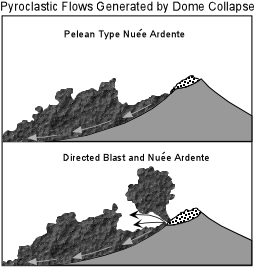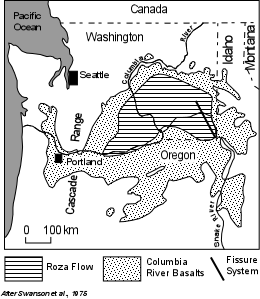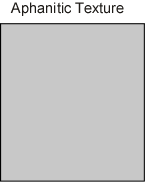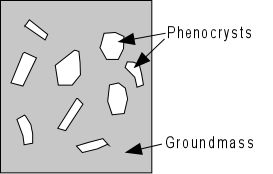Plutonic (Intrusive) Igneous Rocks Hypabyssal Intrusions Intrusions that intrude rocks at shallow levels of the crust are termed hypabyssal
intrusions. Shallow generally refers to depths less than about 1 km.
Hypabyssal intrusions always show sharp contact relations with the rocks that they
intrude. Several types are found: |
|
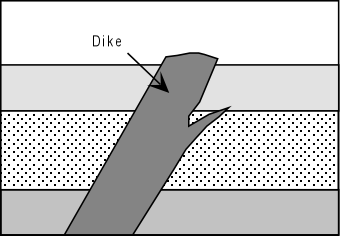 |
|
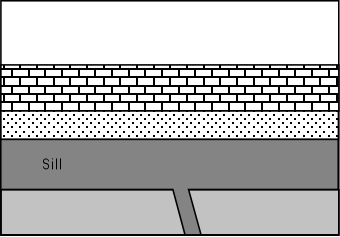 |
|
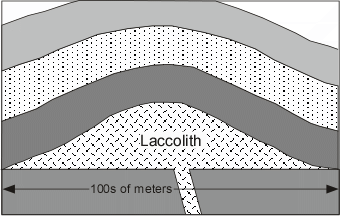 |
Plutons Plutons are generally much larger intrusive
bodies that have intruded much deeper in the crust. Although they may show sharp
contacts with the surrounding rocks into which they intruded, at deeper levels in the
crust the contacts are often gradational. |
|
|
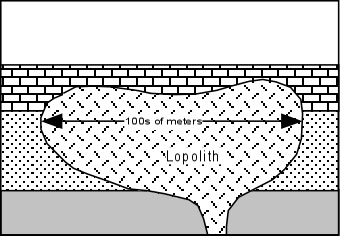 |
|
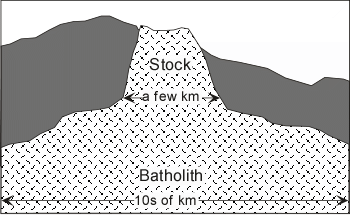 |
